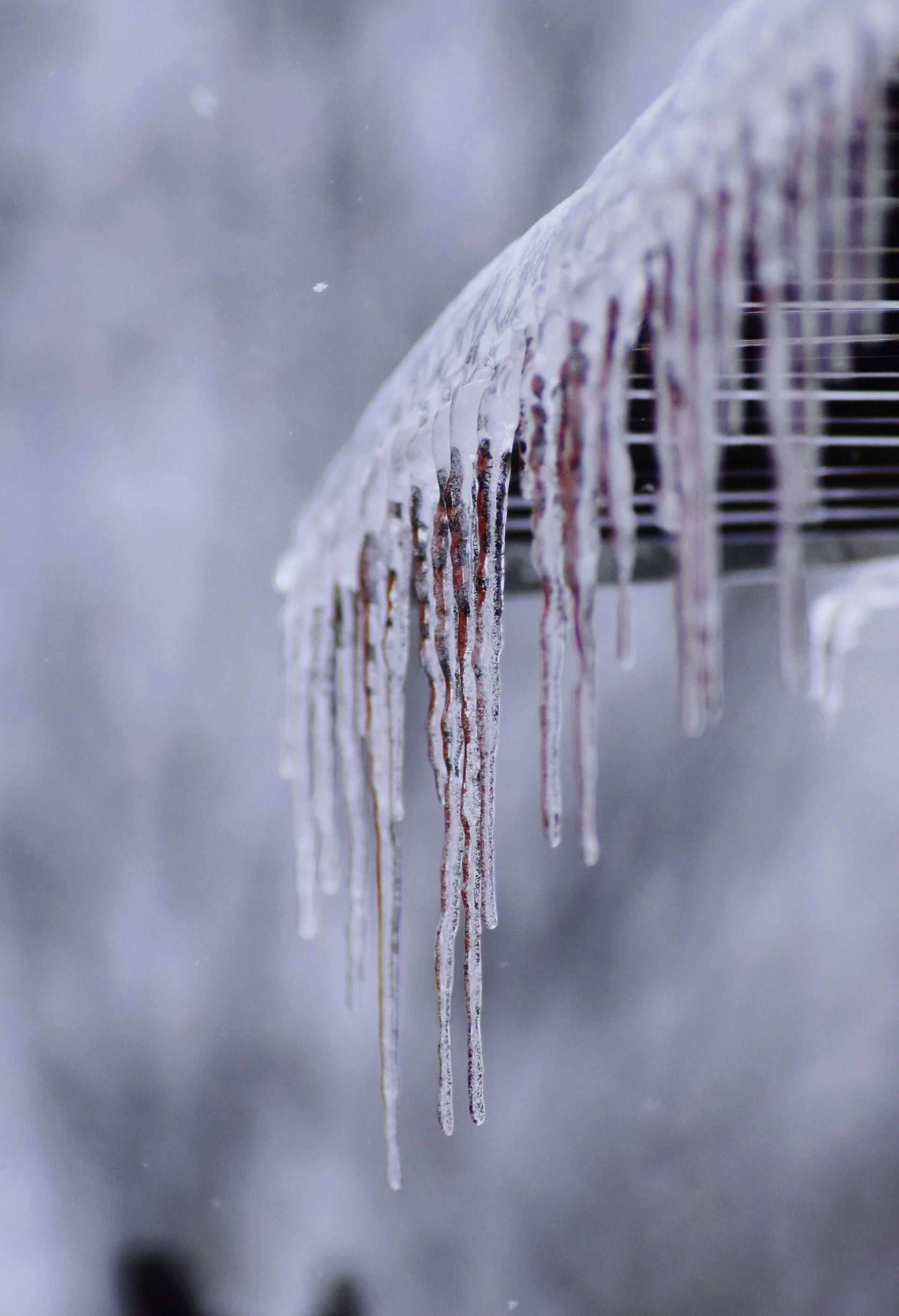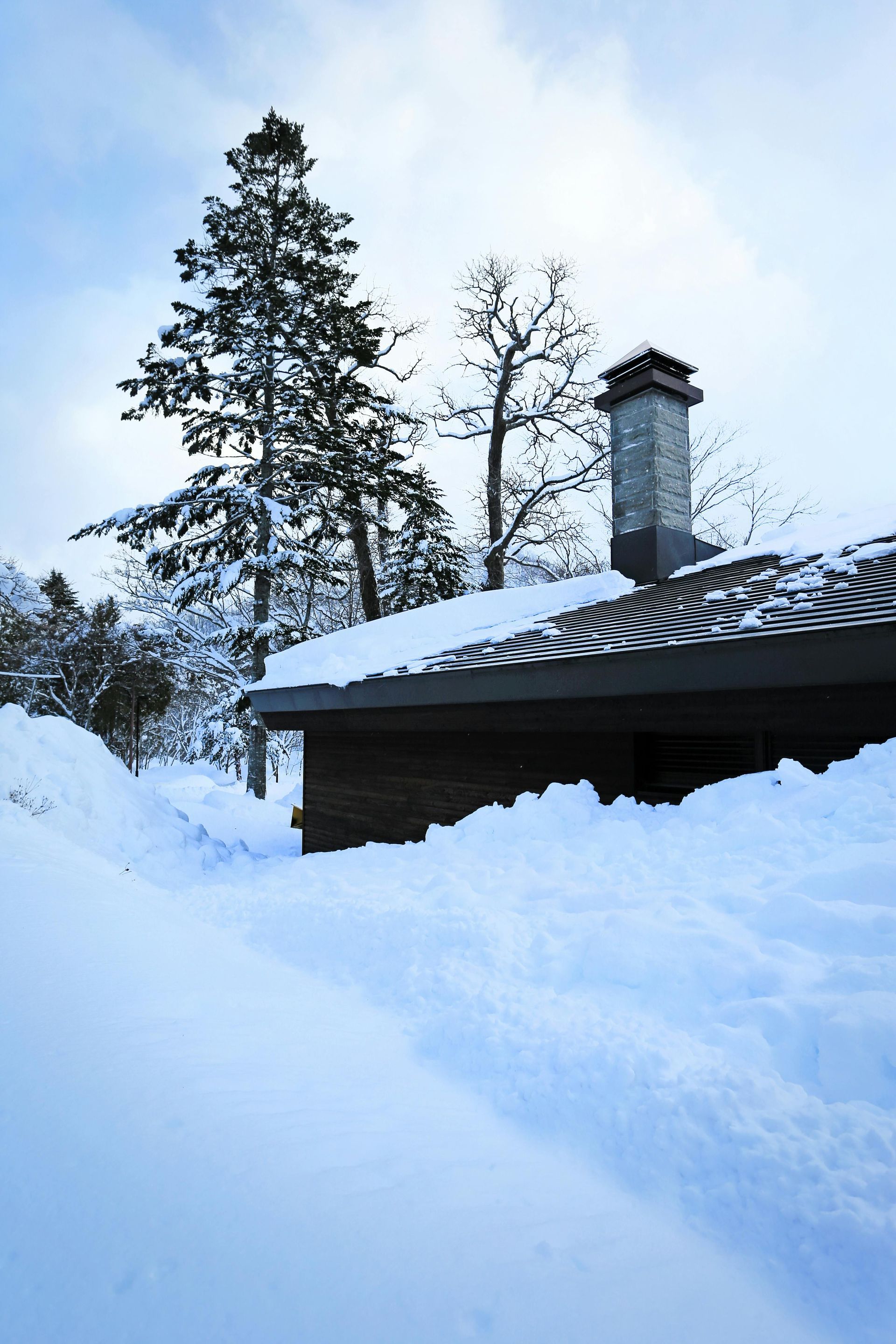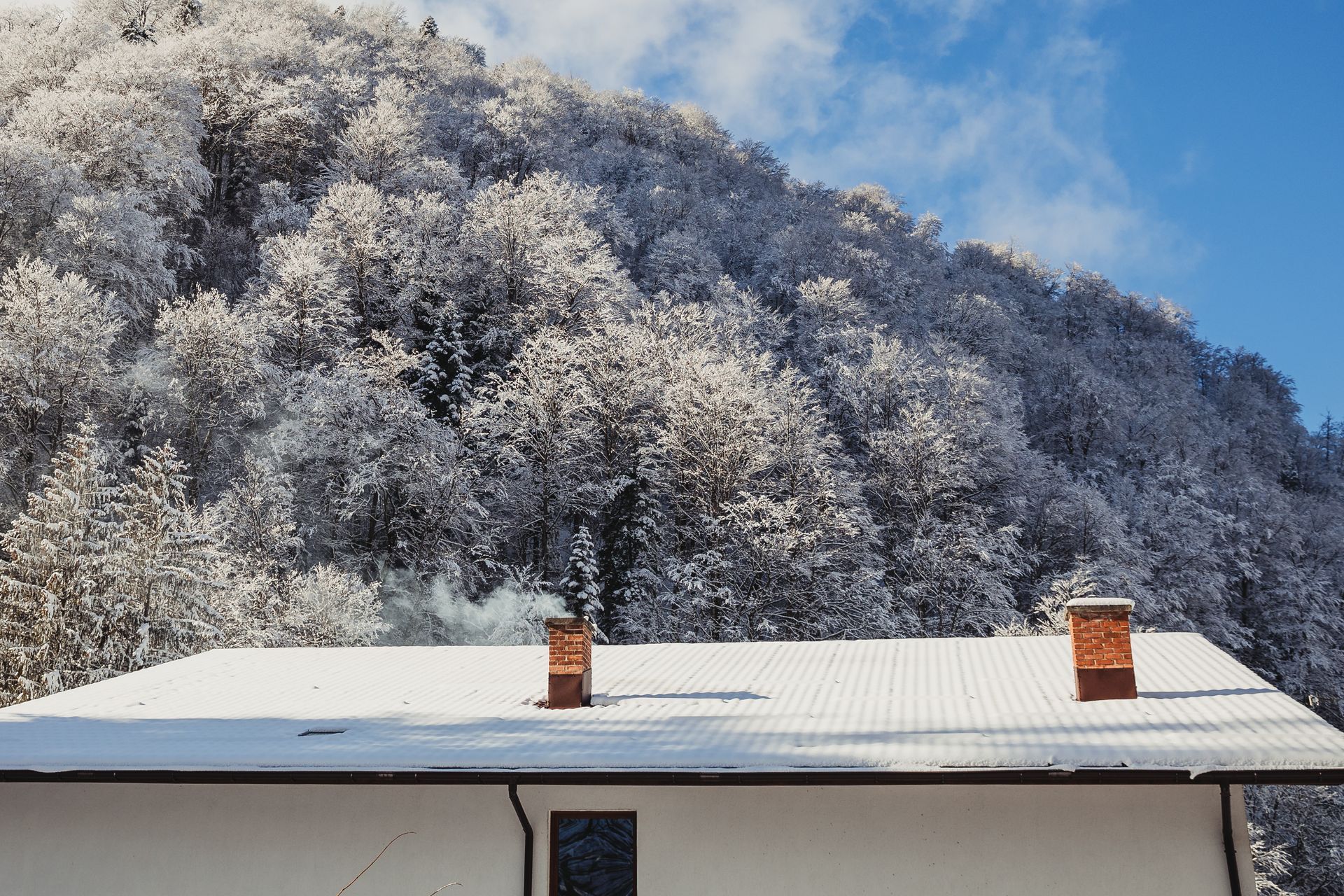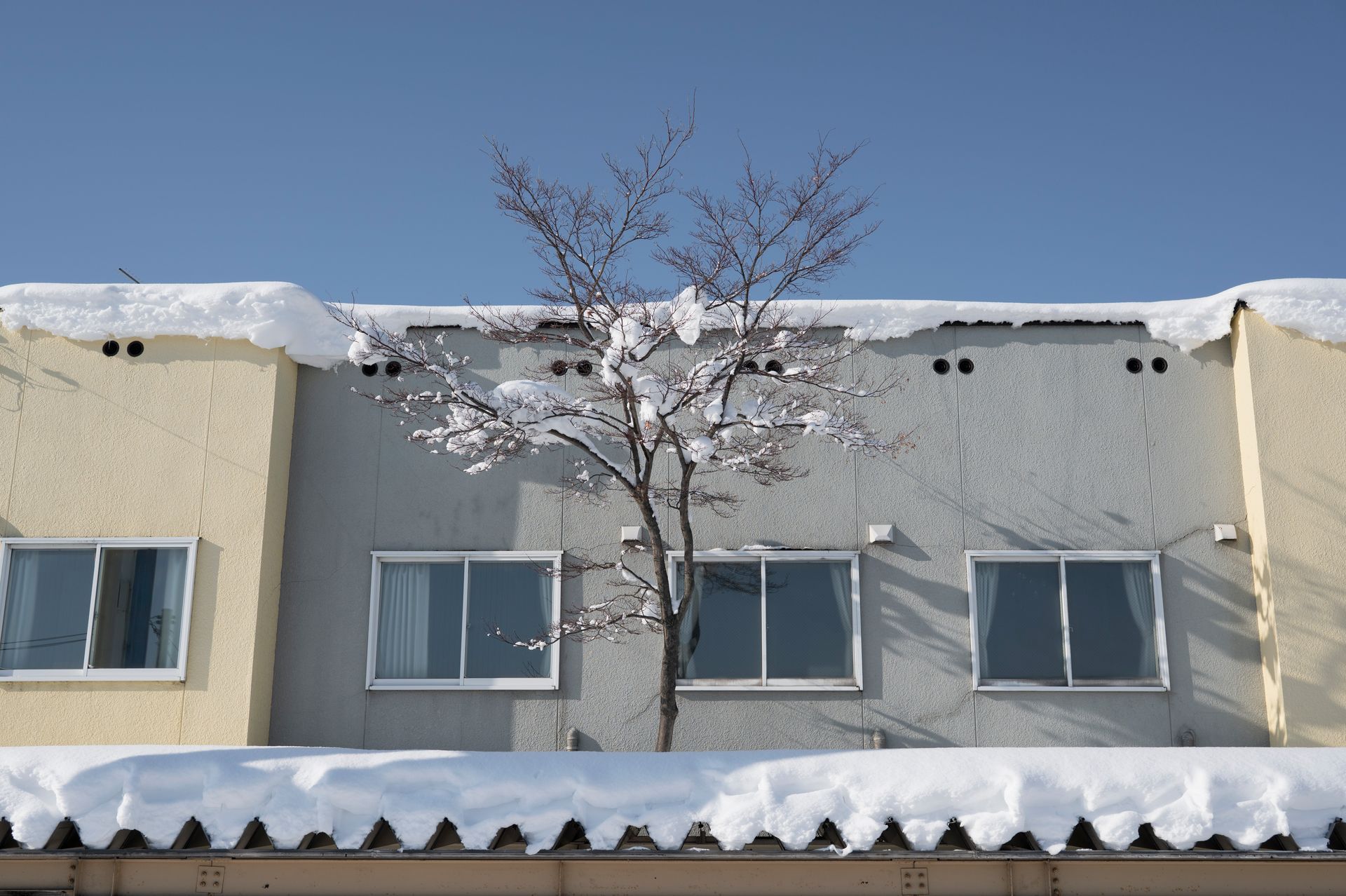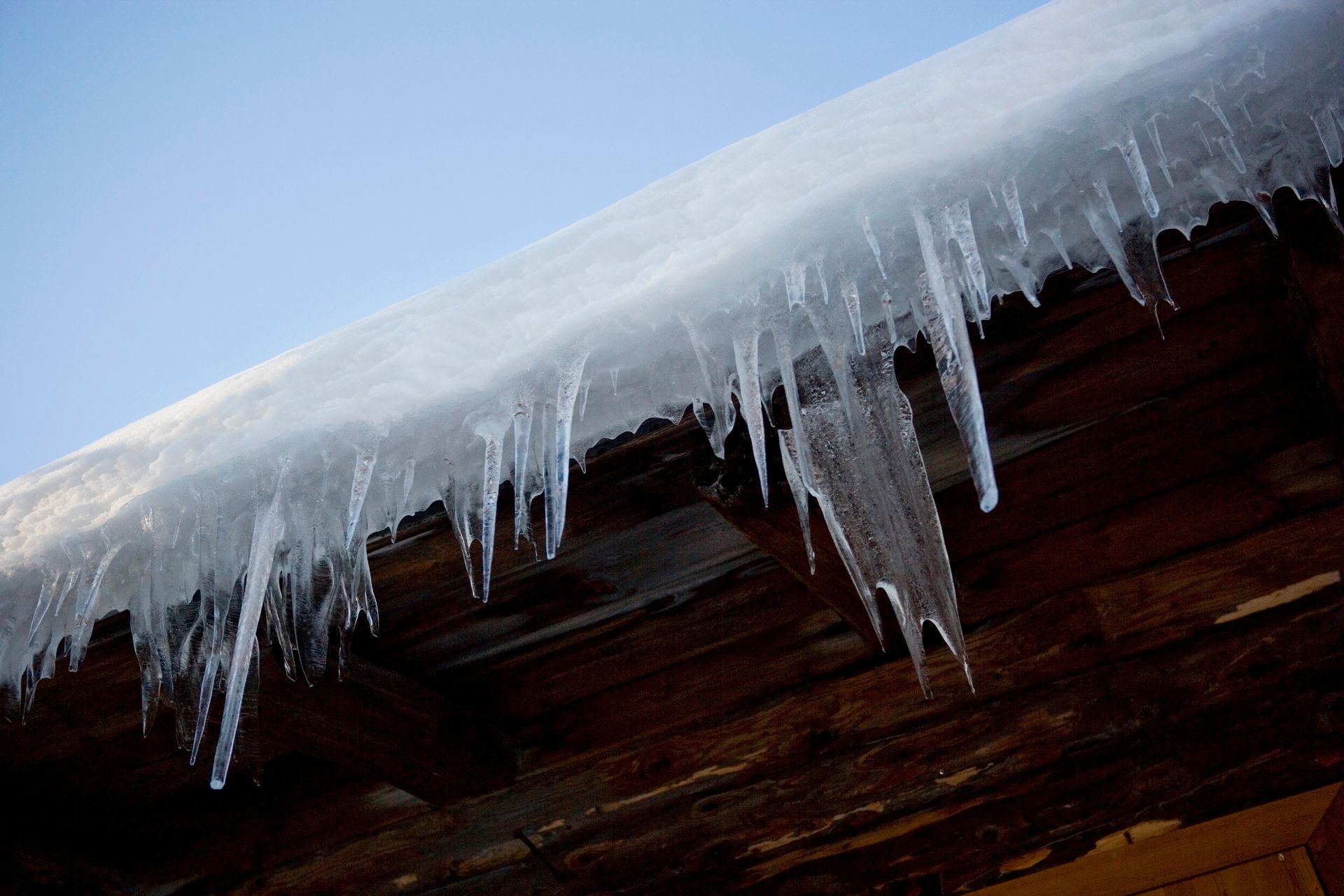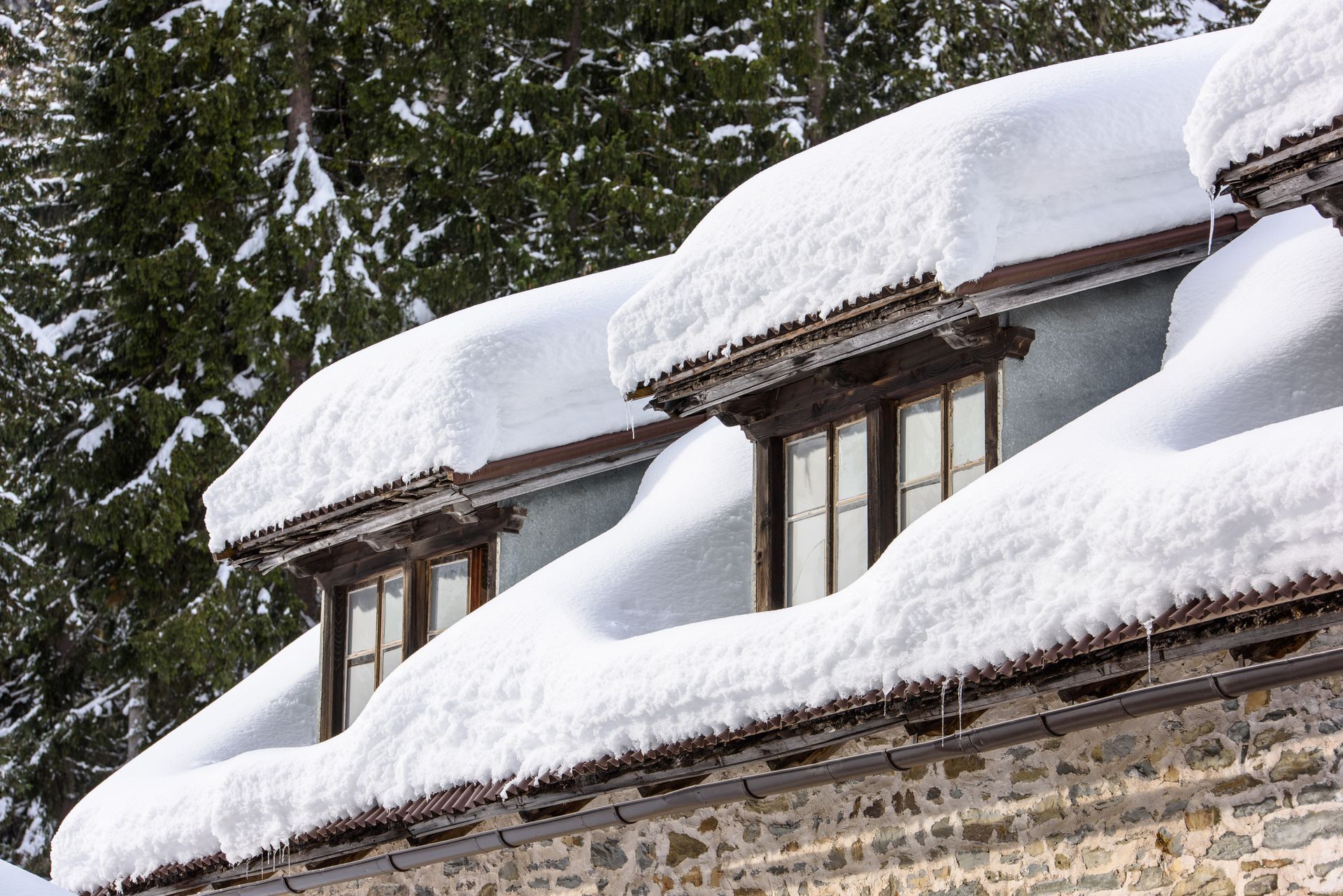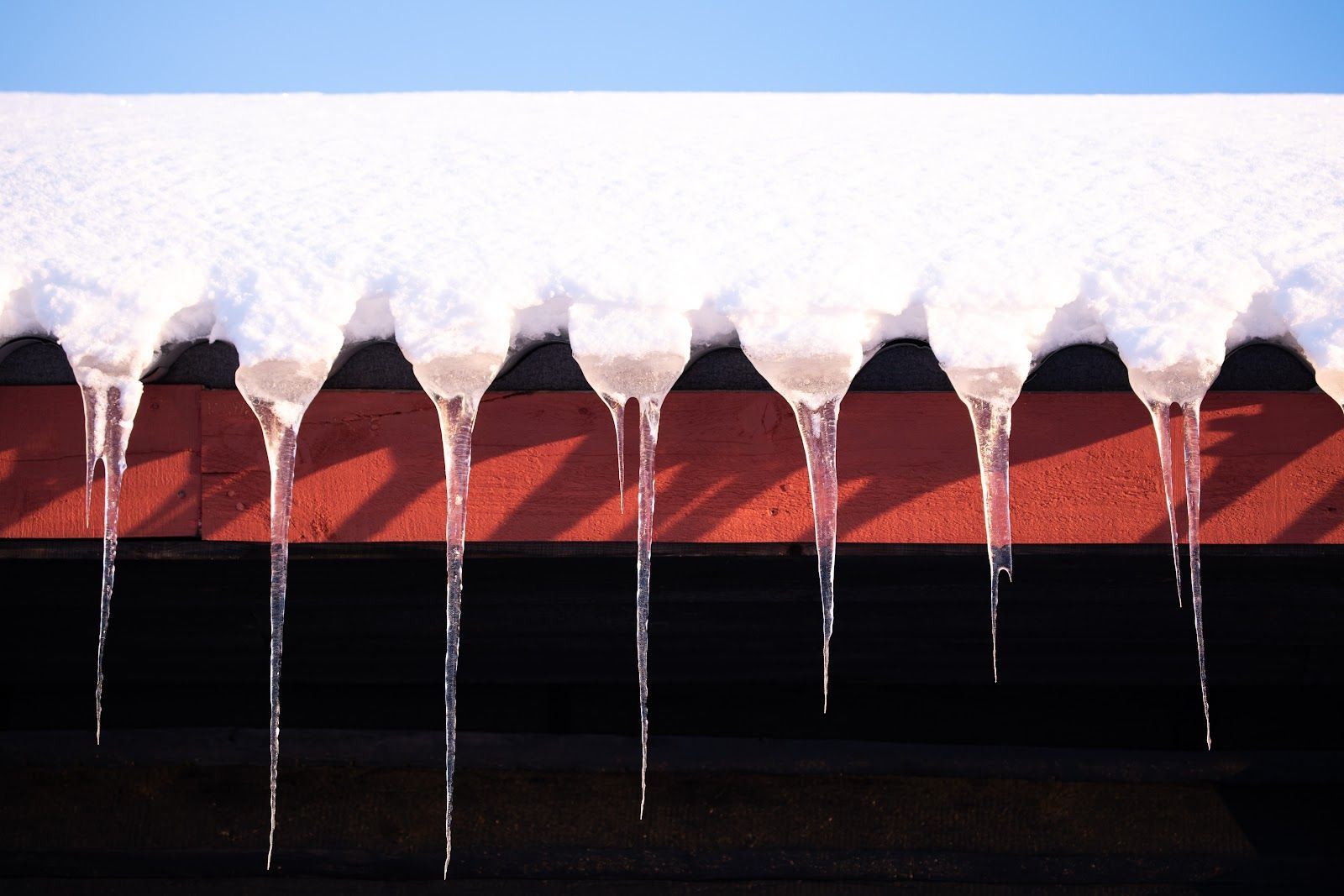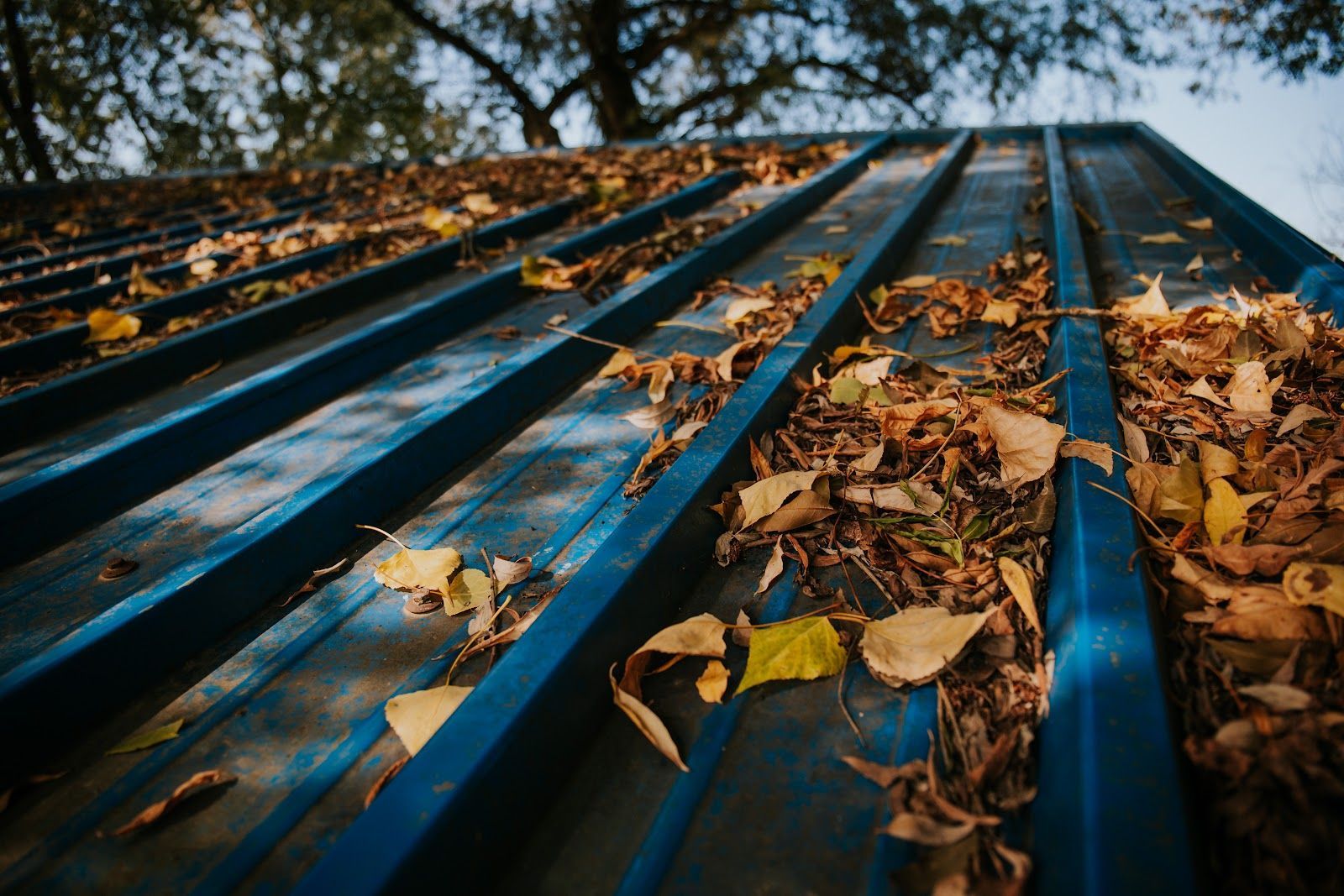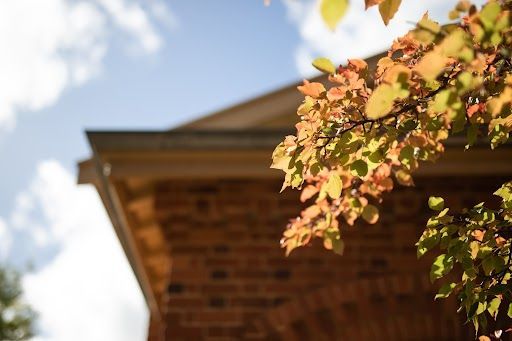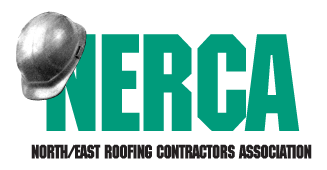How to Clean a TPO Roof
How to Clean Your TPO Roof
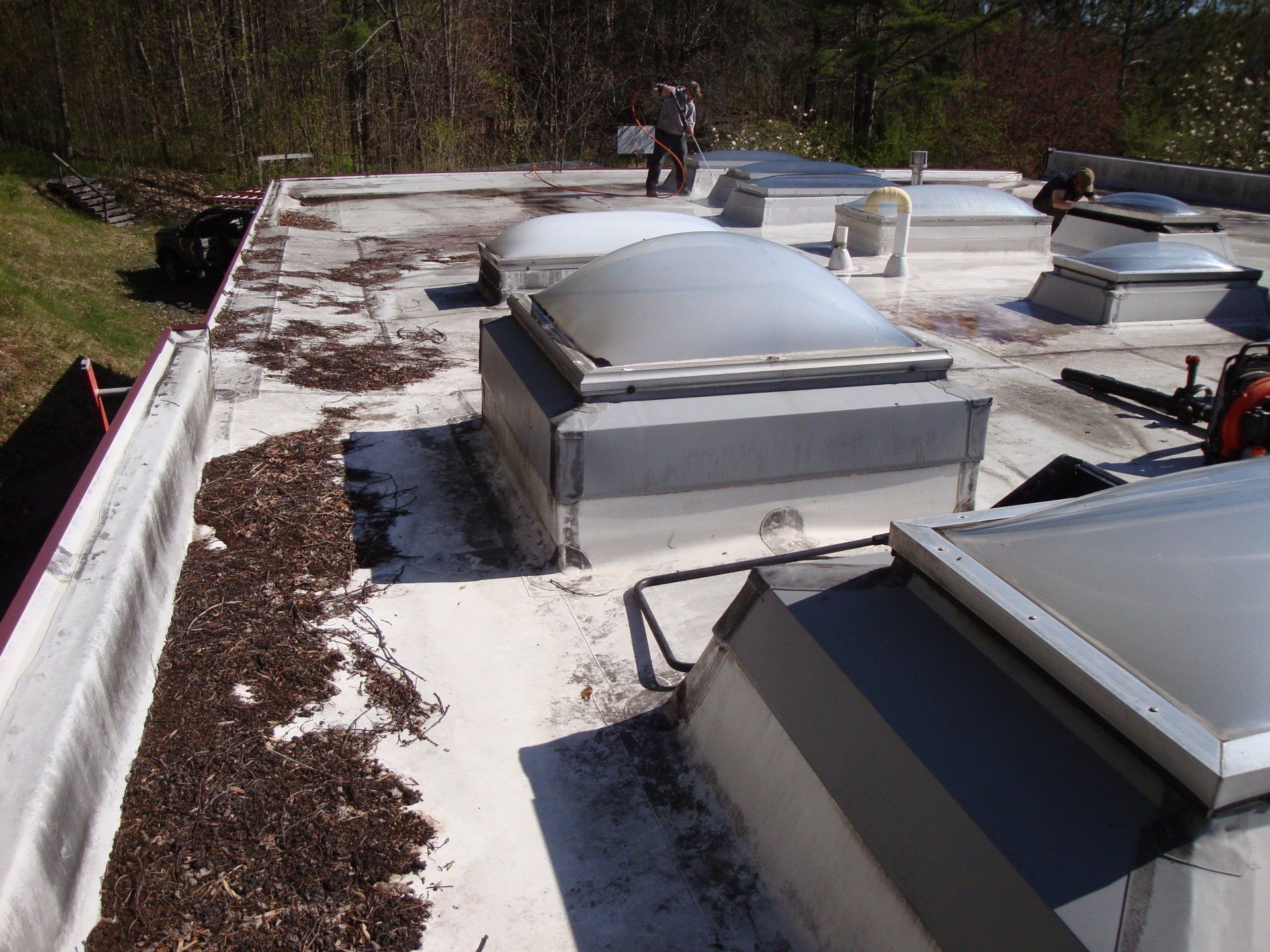
Thermoplastic polyolefin (TPO) is one form of commercial roofing membrane that is gaining popularity. From economic effectiveness to energy efficiency, the TPO roof has a lot of advantages. However, in order to get the full benefits of a TPO roof, it must be cleaned and maintained on a regular basis.
Why should a TPO roof be cleaned?
Despite the fact that TPO rooftops only require periodical cleanings, this type of roofing system still requires regular attention and upkeep. Several practical considerations will urge the facility management to clean and maintain the TPO roofing system on a regular basis.
Only if the white TPO roof is kept white will it preserve its anti-reflective characteristics. Dirt and debris should be cleaned away on a regular basis to preserve the roof white. Furthermore, dirt and debris should be removed on a regular basis to ensure that prospective algae growth has no nutrient sources.
How should the TPO roof be cleaned?
First and foremost, always consult the membrane manufacturer's website for specific cleaning instructions for their particular single-ply. This will help avoid any accidental damage to the membrane and concerns regarding warranty.
To begin, low curbs, base flashing, and any other locations where water from the pressure could enter should be protected. Similarly, any plants or vegetation near the TPO rooftop should be protected from the cleaning solutions used to power wash it.
To clean and rinse the top layer of dirt and dust from the TPO rooftop, use a low-pressure power washer with 2,000 psi or less. If straight water alone will not remove stains, use a mild cleaning solution as recommended by the membrane manufacturer.
For hard to clean areas, clean the surface of the TPO roofing system with a floor broom or a soft-bristle, long-handle brush and the cleaning solution. Be extremely cautious when cleaning the TPO roofing membrane's top surface to avoid damaging it.
Using a low-pressure power washer, completely rinse the cleaning solution off the roof. Examine the rooftop for any damage after the last rinse. Check for frayed seams, missing flashings, and punctured membranes. Repair any accidental damage as soon as possible.
Note: It is extremely important the high-pressure nozzle not be pointed into a lap seam from a close distance, as this could jeopardize the integrity of the lap seam weld.
How should a TPO roof be maintained?
The TPO roof should be serviced on a regular basis and at minimum, be inspected at least twice per year. Preferably in the spring and fall seasons . The cost of replacing a TPO roof much outweighs the time, money, and effort required to keep it in good shape. Failure to maintain a TPO roof can result in structural damage, inventory loss, downtime, and even mold growth.
A lack of normal care might cause a TPO roof to deteriorate prematurely. The optimal time to begin a roof care plan is just after a new roof is installed, although older roofs can also benefit. TPO roof care should be left to the professionals, since DIY remedies might cause more damage.
The roof membrane will be visually inspected by the roofing contractor. Flaws in the seams, flashing, and fasteners will be thoroughly checked. An infrared thermography survey might be used by the pro to look for small penetrations that aren't visible to the human eye.
Sealants, coping joints, coping ends, and skylights will all be examined for signs of deterioration by the roof inspector. Additional responsibilities include searching for ponding water or clogged or inadequate drainage. The TPO roof's general condition is evaluated.
When to contact your roofing contractor?
A competent roofing contractor should be tasked with any problems that require repair. Sealants, seams, and fasteners, for example, should all be repaired as needed. To avoid future damage, a competent roofing crew will utilize products that are compatible with TPO roofing membranes.
A TPO roof has a 15 to 20-year lifespan. A TPO roof's lifespan can be extended by cleaning and maintaining it on a regular basis. Water penetration is the first sign that the roof has to be repaired. The roof seams have ripped, allowing water to enter. In such cases, seek the advice of a licensed roofing contractor.


